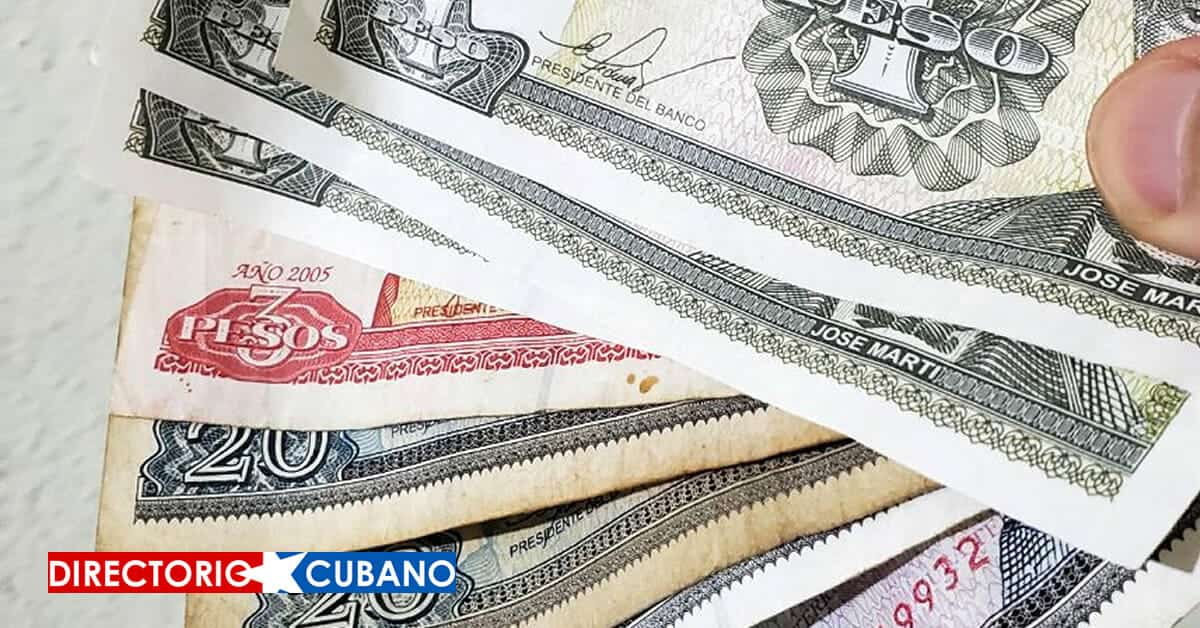–
Higher-than-expected economic growth and inflation in the US bring forward the anticipated timing of the first rate hike. The US bond and stock markets reacted negatively and the dollar rose.
–
“Many executives believe that the targets of maximum employment and an average inflation rate of 2 percent are being reached a little faster than expected,” Jerome Powell, the chairman of the Federal Reserve (Fed), said at a news conference. That is why the central bankers are signaling that they may raise interest rates as early as 2023.
–
This adjustment of the timing of the first rate hike is not entirely unexpected. But the signal that the Fed expects two rate hikes in 2023 is a surprise. So far, Fed executives have said they would maintain a zero-rate policy at least until the end of 2023.
–
The unanimously approved interest rate decision refers to the positive impact of vaccinations on the economy. “The advances in vaccinations have reduced the spread of Covid-19 in the US. That progress and strong policy support have strengthened the indicators of economic activity and employment.’
–
Fear of contamination
The Fed expects 7 percent economic growth this year instead of 6.5 percent. “That’s the highest growth in decades,” Powell underlined. Inflation forecasts have also been raised. The Fed sees inflation accelerating in 2021 to 3.4 instead of 2.4 percent.
–
But Powell remains cautious. “The recovery is not complete and risks remain. The unemployment rate of 5.8 percent remains high and underestimates unemployment because the participation rate has fallen.’ He referred to fears of contagion and the temporary increase in unemployment benefits.
–
In addition, the Fed chairman reiterated that the rise in inflation is temporary. “Inflation will return to our long-term target from 2022.” Fed executives expect inflation to fall to 2.1 percent next year.
–
But a reduction of the stimulus is not yet for tomorrow. The Fed reiterates that it will continue to buy at least $120 billion in government bonds and repackaged mortgages each month until “substantial further progress” is made towards the goals of maximum employment and price stability. According to the Fed, maximum employment corresponds to an unemployment rate of 4 percent.
–
Negative
Powell said the directors had a discussion about how far progress has been made towards the dual target. But he did not let his cards look at the timing of the decline in bond purchases. Economists expect the Fed to begin cutting bond purchases around the turn of the year.
–
US bond and equity markets reacted negatively to the prospect of an earlier than expected start to rate hikes. The 10-year yield rose by seven basis points and the Dow Jones and S&P500 index crumbled. The dollar strengthened. As a result, the euro fell by about 1 cent to just above $1.20.
–
–


:quality(80)/cdn-kiosk-api.telegraaf.nl/29a521dc-cecc-11eb-8b65-0217670beecd.jpg)